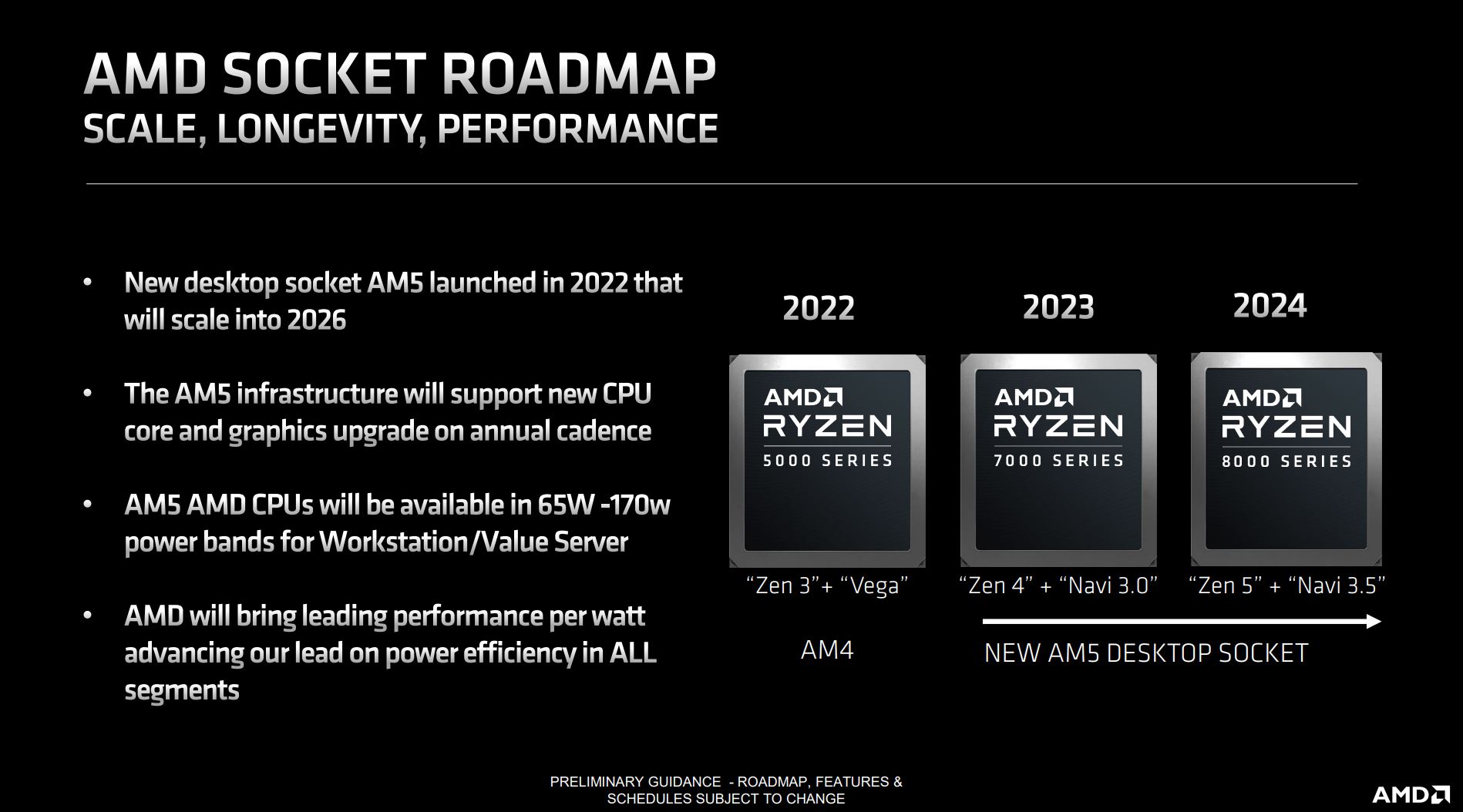A deeper analysis of N33, especially in comparison to N31.

AMD’s RX 7600: Small RDNA 3 Appears
Editor’s Note (6/14/2023): We have a new article that reevaluates the cache latency of Navi 31, so please refer to that article for some new latency data. Late last year, AMD launched high end RDNA…chipsandcheese.com
At the top end of the clock speed range, big RDNA 3 often clocks the frontend more than 10% faster than the shader engine. Even at more modern clock speeds, the frontend clocks 5-10% faster. In contrast, Navi 33 runs the frontend slower than the shader array. Perhaps the analysis AMD presented at the RDNA 3 launch presentation applies to large GPUs with gigantic shader arrays, but the situation is reversed with a GPU of the RX 7600’s size
wasn´t lower shader clock a reason for power saving ?
Last edited:


